Paul Cézanne ; Exhibition on Screen
@ the Rialto
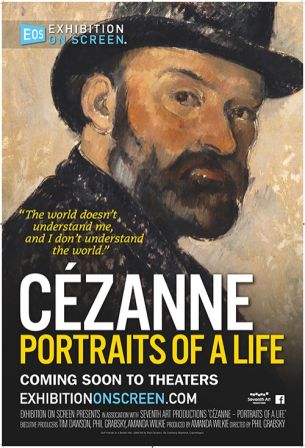
EXHIBITION ON SCREEN is thrilled to present one of the most talked about exhibitions of the year. Dedicated to the portrait work of Paul Cézanne, the exhibition opens in Paris before traveling to London and Washington.
Born on 19 January 1839, Paul Cezanne was a French Post-Impressionist painter. His work is said to have formed the bridge between late 19th century Impressionism and the dominant style in early 20th century, Cubism.
One can’t appreciate 20th century art without understanding the significance and genius of Paul Cézanne. Featuring interviews with curators and experts from the National Portrait Gallery London, MoMA New York, National Gallery of Art Washington, and Musée d’Orsay Paris, and correspondence from the artist himself, the film takes audiences beyond the exhibition to the places Cézanne lived and worked and sheds light on an artist who is perhaps the least known of all the impressionists – until now.
For more info and screening times go to www.rialtotauranga.co.nz
Have a look at these 10 facts about Cézanne from https://learnodo-newtonic.com/paul-cezanne-10-interesting-facts-about-the-french-painter
#1 PAUL CEZANNE WAS RICH, UNLIKE HIS CONTEMPORARIES
Cezanne’s father was co-founder of a banking firm and when Cezanne grew up he received a large inheritance from his father. This made Cezanne financially secure, a privilege which was unavailable to most of his contemporaries. Cezanne’s father wanted him to become a lawyer. He did attend law school of theUniversity of Aix from 1858 to 1861, but during that time he also received drawing lessons. Eventually, Cezanne committed himself to pursuing his artistic developments and left Aix for Paris in 1861. His father gave in to his decision and he received an inheritance of 400,000 francs.

#2 FAMOUS WRITER EMILE ZOLA WAS A CLOSE FRIEND OF CEZANNE BUT…
In his early years, Paul Cezanne became friends with Baptistin Baille; and Emile Zola, who later became a famous writer. Their friendship was so close that they were called “les trois inséparables” (the three inseparables). Cezanne’s friendship with Zola lasted for many years but in 1888, Zola used Cezanne as the basis for the unsuccessful and ultimately tragic fictitious artistClaude Lantier, in his novel L’OEuvre. Cezanne considered this a breach of decorum and a friendship begun in childhood was irreparably damaged.

#3 HE WAS A DISCIPLE OF THE ‘DEAN OF IMPRESSIONIST PAINTERS’
In Paris, Cezanne became a disciple of Camille Pissarro who is often referred to as the “dean of the Impressionist painters“. According to Cezanne, “Pissarro was a father for me. A man to consult and a little like the good Lord.” Later the relationship between them became more of equals who worked together.
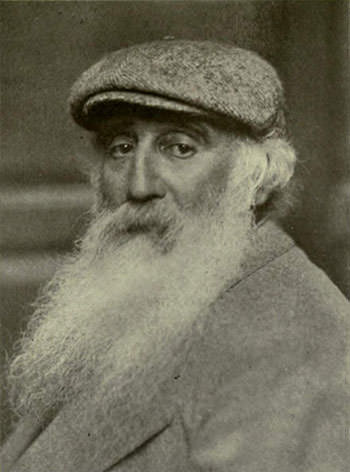
#4 HE IS CONSIDERED BY MANY AS THE INVENTOR OF MODERN EXPRESSIONISM
From 1861 to 1870, Cezanne’s work is characterized by dark colours and the heavy use of black. This period of his work is referred to as the Dark Period. During this time he painted a series of painting with a palette knife. The palette knife phase is considered by many as the invention of modern expressionism. He painted several erotic and violent subjects in the dark period, such as, Women Dressing (1867), The Rape (1867), and The Murder (1867–68).

#5 HIS FIRST CHILD WAS BORN OUT OF WEDLOCK
From 1870 to 1878, Cezanne, under the influence of Pissarro, abandoned dark colours and his canvases grew much brighter. This is called the Impressionist Period of his work. Some of his works in this period, which are now considered brilliant, were mocked by others and Cezanne “never forgot the sympathy and understanding with which Pissarro encouraged him.” Also during this period a son was born to Cezanne from his mistress Marie-Hortense Fiquet. He didn’t inform his father of this fearing that he would lose his 100 franc allowance. His father found out about the secret after six years, threatened to cut him off financially but eventually relented and gave him 400 francs for his family.
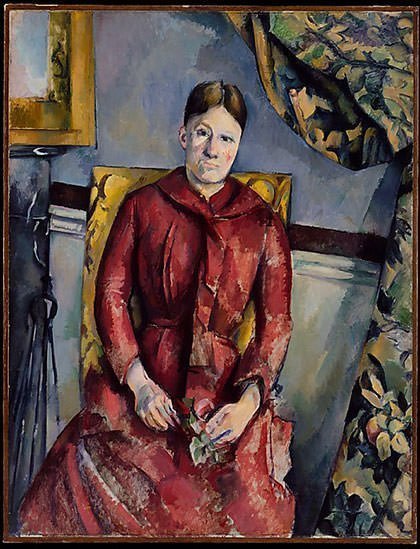
#6 HE ULTIMATELY MARRIED HIS MISTRESS MARIE-HORTENSE FIQUET
From 1878 to 1890, Cezanne broke away from Impressionist influences and his art gained more independence. This period of his work is known as the Mature Period. In the early 1980s Cezanne stabilized his residence in Provence. Hortense’s brother had a house within view of Mount St. Victoire at Estaque. Cezanne painted a series of paintings of this mountain and of Gardanne. During this period Cezanne married Hortense and his father died leaving him the estate purchased in 1859.
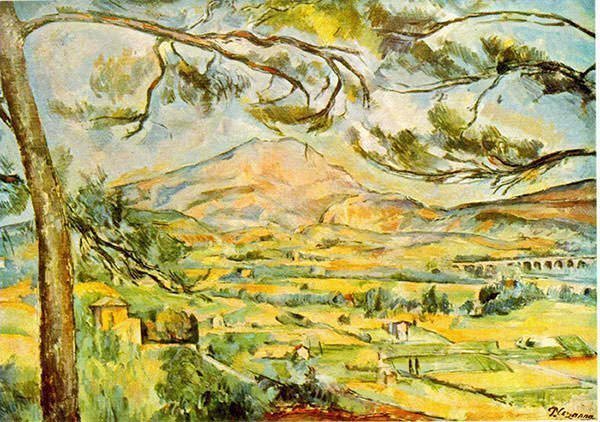
#7 PAUL CEZANNE BECAME AN IDOL FOR THE NEW GENERATION OF PAINTERS
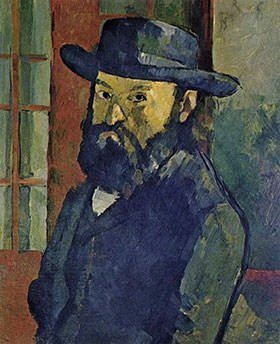
In the Final Period of his work, from 1890 to his death, Cezanne withdrew into his paintings and spent long periods as a recluse. Some of his work during this period inspired the Cubist style. Although his paintings became well known and new generation of painters adored him, this period was also beset by troubling events. His relationship with others was strained and he also became a diabetic.
#8 CEZANNE’S DEATH WAS CAUSED DUE TO HIS DEDICATION FOR HIS WORK
Cezanne’s dedication for his work cost him his life. One day Cezanne was caught in a storm while working in the field. However he continued to work for two hours before deciding to go home. On the way he collapsed and was taken home by a passing driver. The next day he decided to continue working but fainted in the middle. The model called for help, Cezanne was put to bed and he never left it again. A few days later Cezanne died of pneumonia. He was buried at the old cemetery in his beloved hometown of Aix-en-Provence.
